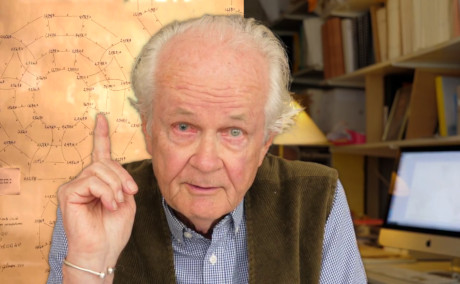This Sunday sees the end of the exhibition “Tom Johson. Illustrated music” at the José Guerrero Art Centre in Granada.
This Sunday, 28 January, the exhibition Tom Johnson. Illustrated Music, curated by Eduard Escoffet. Illustrated Music has been open since 26 October, exploring the relationship between image and music in the work of the American minimalist composer Tom Johnson (Greeley, Colorado, 1939), known, among other works, for his Four Note Opera, composed in 1972. Johnson, who also worked as a journalist and music critic in the pages of the Village Voice, the weekly from which he promoted the nascent musical movement in the 1970s and continued to promote it in the following decade, lives in Paris and is married to the Spanish artist Esther Ferrer, co-founder of the group Zaj.
The exhibition is organised into three very different areas that attempt to give an account of Johnson’s wide-ranging universe. The ground floor focuses on Imaginary Music (1974) and Symmetries (1981), two series based on image and the audience’s ability to imagine music.
The first floor presents Knock on Wood, an installation resulting from a long collaboration with the artist Martin Riches (Isle of Wight, UK, 1942), in which mechanical instruments play complex rhythms that would be difficult to play accurately by hand. The piece, which involves high-precision synchronisation, has a control system designed, built and programmed by the engineer Manfred Fox.
The first floor focuses on four of the many series he has produced over the last three decades, all of which are closely related to mathematical questions and which allow, in this case, the journey from music and numbers to the image. Finally, and as an appendix, the third floor presents a dialogue between the work of José Guerrero and the music of Tom Johnson.
This exhibition deals with a small part of Johnson’s vast oeuvre – the most closely linked to the plastic arts – but, between the different works and series, a temporal arc is drawn that spans almost his entire extensive career. Although he is best known as a composer, Johnson is the author of an exceptional plastic work that runs parallel to his musical oeuvre or, to put it more precisely, forms an integral part of it. At a vertex where music, minimalism, mathematics, performance and the plastic arts converge, Johnson has been building his own world that starts from very complex approaches to unfold with simplicity and serenity.
